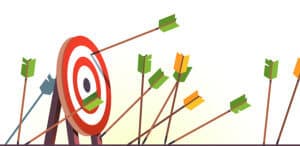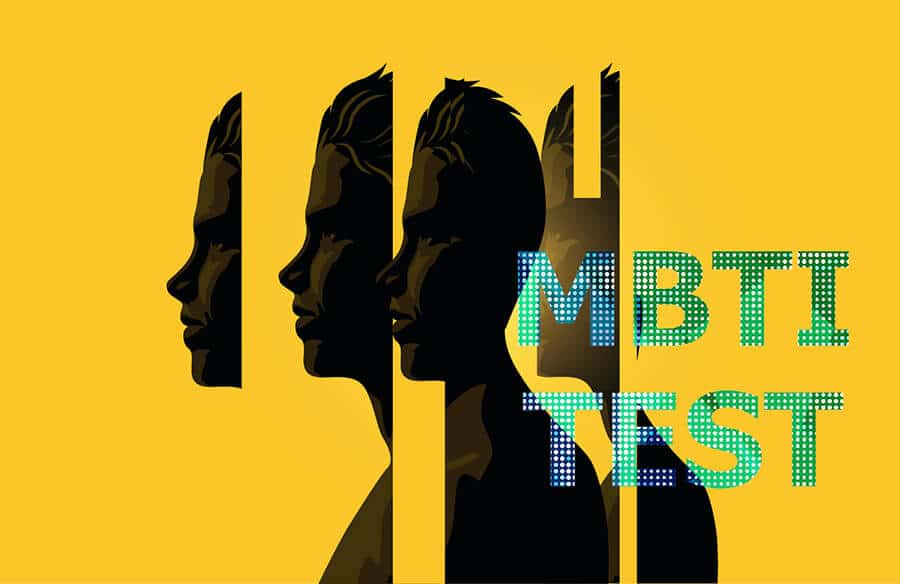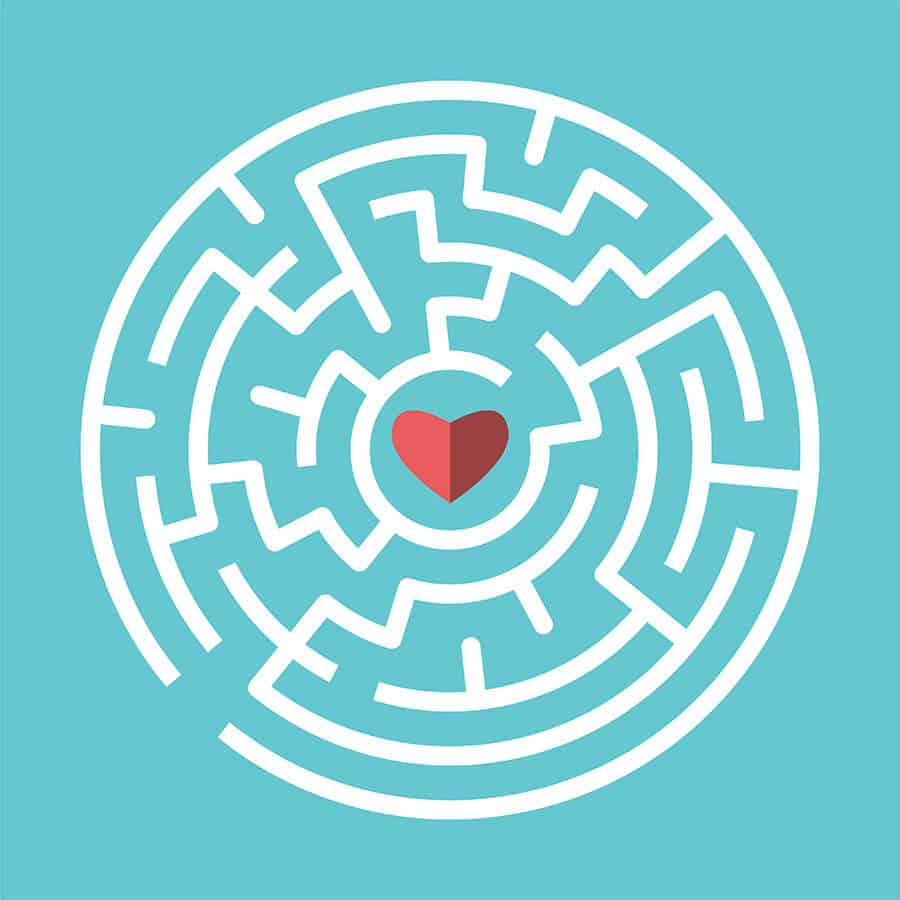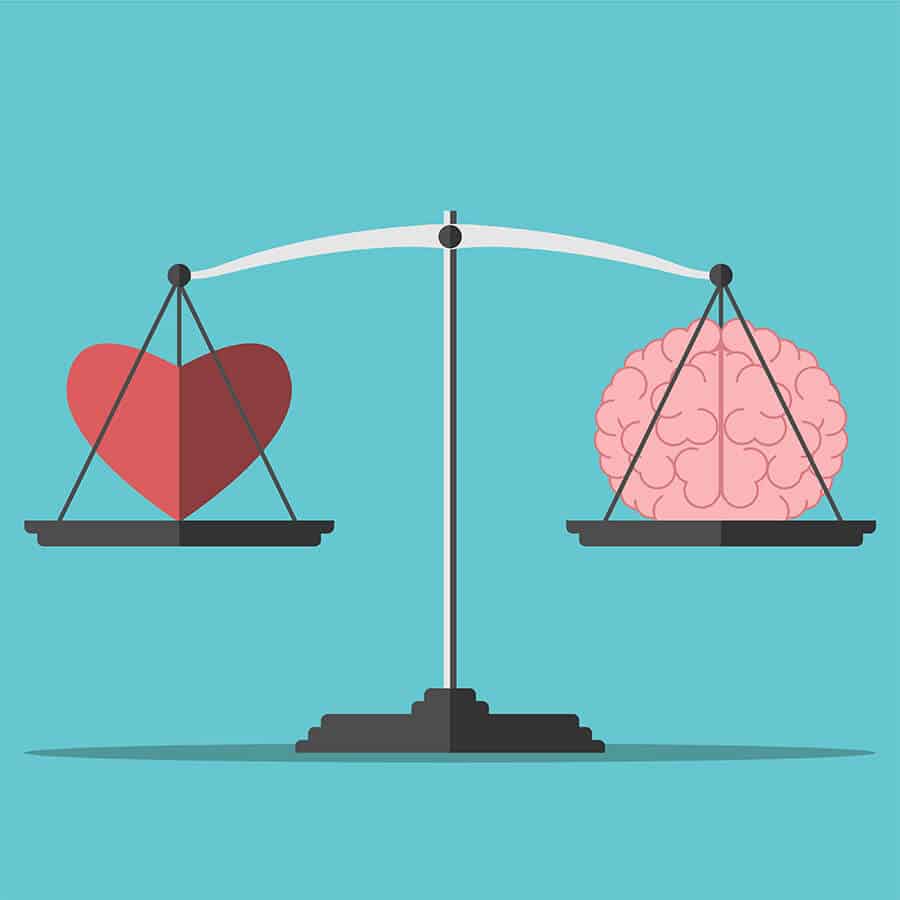Are you the inspector type, meaning an ISTJ, or you the performer type, an ENFP? Or maybe you belong to the other 14 personality types identified through the Myers-Briggs personality test. I’m sure we have all been asked to take this test, several times maybe, but how accurate and reliable is it, really?
You’ve probably encountered versions of the Myers-Briggs personality test before, or as it is commonly known – the Myers-Briggs Personality Type Indicator (MBTI).
This “test” has become one of the most famous psychological instruments, with a wide range of users. Yet, the versions of the test which you find online are only close imitations of the real test.
The real MBTI can only be accessed online via the publisher, CPP, Inc., and it includes the part where you get professional responses for your results from well trained and qualified practitioners.
First things first, what is the MBTI?
The Myers–Briggs Type Indicator (MBTI) is an introspective self-report questionnaire indicating individual psychological preferences respecting how people perceive the world and make decisions. The results of the test tend to assign people’s personalities based on four principal categories:

- Introversion (I) or extraversion (E) – The extraversion-introversion dichotomy was first tackled by Jung through his theory of personality types. He perceived this division of types based on the way people respond to and interact with the world that surrounds them. We know that introverts tend to be less expressive and more reflective – inwards-turning, basically – whereas extraverted people are the social butterflies, or outward-turning.
- Sensing (S) or intuition (N) – In this respect, the personality type looks at how people gather information, whether they do it through sensing or whether they do it through intuition. People who follow their senses tend to be more fact- and detail-oriented, whereas intuition seekers pay more attention to patterns and impressions, and more abstract feelings.
- Thinking (T) or feeling (F) – This personality type is derivative. It works through analysing how people make decisions, based on the data they put together from their senses or intuition. Thinkers tend to be more rational and logical, whereas those who are characterized more by feeling tend to be more emotional and empathic.
- Judging (J) or perceiving (P) – This is where the test tends to reveal how people deal with the outside world. If you’re a judger, according to this test, you like to take firm decisions. But if you lean towards being a perceiver, then you can be more open and flexible towards situations.
And that’s how one letter from each of these four categories is taken to produce the four-letter test result you’ve seen, such as the “ISTJ” or “ENFP”. All the personality types are as follows:
- ISTJ – The Inspector
- ISTP – The Crafter
- ISFJ – The Protector
- ISFP – The Artist
- INFJ – The Advocate
- INFP – The Mediator
- INTJ – The Architect
- INTP – The Thinker
- ESTP – The Persuader
- ESTJ – The Director
- ESFP – The Performer
- ESFJ – The Caregiver
- ENFP – The Champion
- ENFJ – The Giver
- ENTP – The Debater
- ENTJ – The Commander
A Quick Glance at MBTI History

The MBTI was originally published by two Americans, Katharine Cook Briggs and her daughter, Isabel Briggs Myers. The MBTI is based on the conceptual theory proposed by Swiss psychiatrist Carl Jung, who assumed that people’s experience in the world is based on the core usage of four principal psychological functions – sensation, intuition, feeling, and thinking. He also claimed that one of these four functions must be dominant for any given person most of the time.
Isabel Myers and her mother, Katherine Myers were enchanted by Jung’s theory of psychological types, hence they began researching and developing an indicator that could reliably measure the differences between different individuals. Mother and daughter believed that they could help people choose better occupations and lead happier lives if they helped them figure out their personality traits first.
The (non) Accuracy of MBTI
Although the Myers-Briggs test is quite famous, its accuracy is widely doubted by professional academics worldwide, who consider the test biased and compromised by conflicts of interest. This is mostly because of the fact that the research supporting the MBTI’s validity has been produced by the Centre for Applications of Psychological Type, an organization run by the Myers-Briggs Foundation themselves, and published in the Centre’s own journal, the Journal of Psychological Type.

Psychometric specialist Robert Hogan has written: “Most personality psychologists regard the MBTI as little more than an elaborate Chinese fortune cookie”.
There are even doubts raised regarding the content of the MBTI scale. In 1991, a National Academy of Sciences committee reviewed data from MBTI research studies and concluded that only the I-E scale has high correlations with comparable scales of other instruments and low correlations with instruments designed to assess different concepts, showing strong validity. In contrast, the S-N and T-F scales show relatively weak validity. The committee stressed that there is significant discrepancy between the popularity of the MBTI and research results, stating that “the popularity of this instrument in the absence of proven scientific worth is troublesome.”
The Australian Psychologist, Dr. Gregory J. Boyle, in a paper titled “Myers‐Briggs Type Indicator (MBTI): Some Psychometric Limitations” argues that, unlike some personality questionnaires, the MBTI does not use validity scales to assess exaggerated or socially desirable responses.

He elaborates on some serious limitations of the routine use of the MBTI, saying that the test is not recommended, and psychologists should be cautious as to its likely misuse in various organizational and occupational settings.
Considering that the MBTI does not use validity scales to assess exaggerated or socially desirable responses, studies show that individuals can fake their responses, whereas a study from Adrian Furnham found that the MBTI judgment/perception dimension correlates weakly with the Eysenck Personality Questionnaire lie scale.
“If respondents fear they have something to lose, they may answer as they assume they should.” – Leslie J. Francis & Susan H.Jones study on MBTI
The bottom line is that most serious studies do not back up the features of the MBTI. The notorious personality test seems to lack convincing validity data, and psychologists call it “pseudoscience”.
But if you’ve taken the test or you plan to sooner or later, we recommend that you go for it, as taking the Myers-Briggs Type Indicator can provide a lot of insight into your personality. Nothing beats getting to know one’s self, and even if you don’t take the test too seriously, it’s nice to start recognizing some of the personality traits that you possess.
Photos: Shutterstock / Edited by: Martina Advaney
More articles from the author:
Support us!
All your donations will be used to pay the magazine’s journalists and to support the ongoing costs of maintaining the site.
Share this post
Interested in co-operating with us?
We are open to co-operation from writers and businesses alike. You can reach us on our email at [email protected]/[email protected] and we will get back to you as quick as we can.












